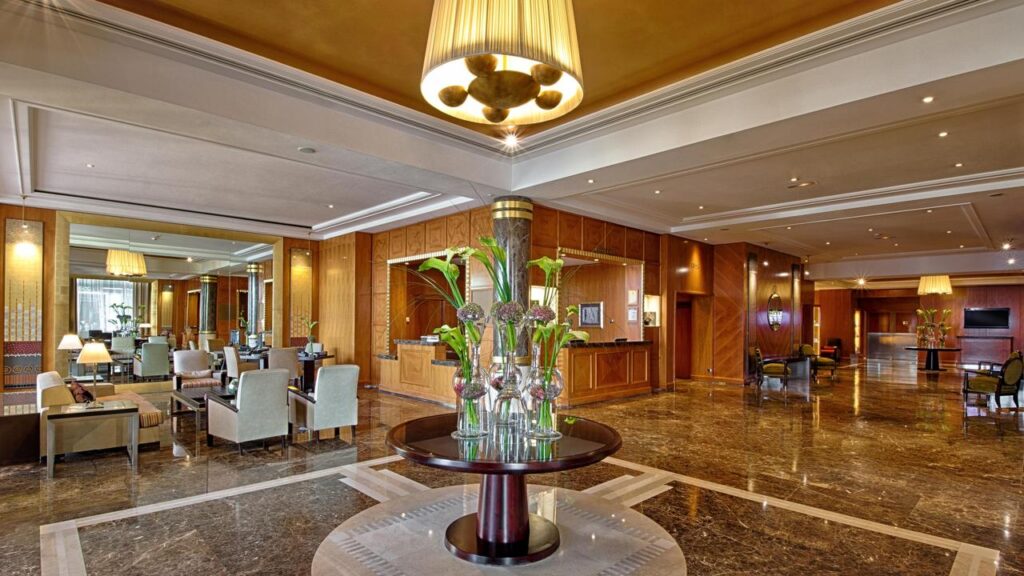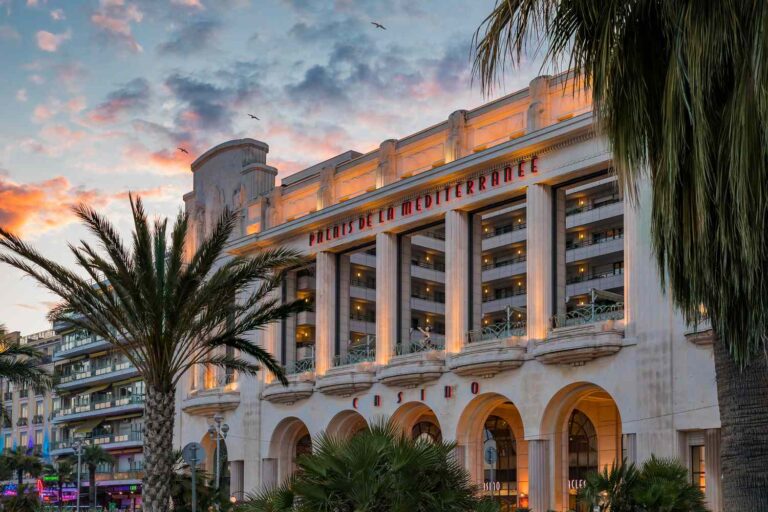
Art Deco architecture is one of the most prominent architectural and design styles of the 20th century, recognized for its distinctive aesthetics and significant influence on building design and decorative arts. This style peaked in the 1920s and 1930s, characterized by modern elements, geometric shapes, and diverse cultural influences.
History and Features of Art Deco Architecture
Art Deco was first introduced to the world at the 1925 International Exhibition of Modern Decorative and Industrial Arts in Paris. This style was considered a symbol of modernism, luxury, and industrial progress. Key features of Art Deco architecture include:
1. Geometric Shapes:
Use of clean lines, angular forms, and intricate geometric patterns.
2. Elaborate Decorations:
Incorporation of decorative elements such as mosaics, precious stones, and shiny metals.
3. Luxurious Materials:
Use of materials like glass, aluminum, and stainless steel.
4. ultural Influences:
Inspiration from Egyptian, Aztec, and Eastern arts.
Notable Examples of Art Deco Architecture
1. Chrysler Building:
This skyscraper in New York is one of the iconic symbols of Art Deco architecture, known for its shiny metallic facade and intricate details.
2. Radio City Music Hall:
Another masterpiece of Art Deco in New York, known for its stunning interior decorations.
3. Miami Beach Towers:
Many coastal buildings in Miami beautifully exemplify the Art Deco style.
Influence of Art Deco on Contemporary Architecture
Although the peak era of Art Deco has passed, its influence is still visible in contemporary design. The use of clean lines, luxurious materials, and geometric details in modern interiors and buildings testifies to this lasting impact.
Conclusion
Art Deco architecture, by blending art, culture, and technology, created a unique and enduring style that continues to inspire architects and designers. This style not only reflected the optimism and industrial progress of the interwar period but also added timeless beauty to cities and historical landmarks worldwide. Preserving and restoring Art Deco buildings as cultural heritage offers an opportunity to continue enjoying this historical beauty.


No comments yet.